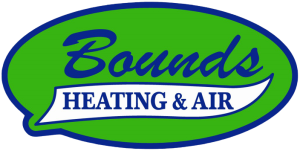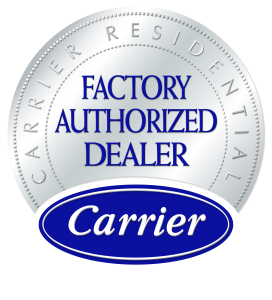Reduce Your Gainesville Home Energy Costs 3 Ways

Ensure Vents Aren’t Blocked
If you have furniture or drapes covering any vents, you’re not getting good circulation in your home. And since a central HVAC system relies on air circulation to moderate the temperature through your house, that means you have to turn up the thermostat to feel the effects.
Place the Thermostat Away From Heat Sources
Make sure the thermostat isn’t in a location where it gets an unusual amount of heating or cooling, such as in direct sunlight, for example, or right next to the kitchen or an air vent. If it’s detecting a temperature that isn’t representative of the rest of your house, it won’t communicate the right instructions to the HVAC system. That could lead to too much heating or cooling, or not enough.
Routinely Change the Air Filter
It may not seem important, but all the air circulating through your home actually passes through the air filter. If it becomes clogged, the air has a harder time passing through, which puts a strain on the HVAC system’s fan motor. Not only that, but the reduced air circulation means less temperature control throughout your home. The air filter should be changed about once a month for best results.
To learn more about reducing energy costs in Gainesville, Newberry, and Alachua read Bounds Heating & Air blog posts on energy-saving and check out the smart new products offered by Carrier.


 Air filters are your home’s first line of defense against poor
Air filters are your home’s first line of defense against poor 
 As the year winds down and temperatures drop, Gainesville residents will begin to rely on their warm and comfortable home to escape the
As the year winds down and temperatures drop, Gainesville residents will begin to rely on their warm and comfortable home to escape the  Upgrading a thermostat may seem like something that only needs to be done when the old one goes bad. However, anybody with an old mercury-filled thermostat should upgrade regardless of its condition or age. Those manual types lose precision over time, which means your HVAC system will begin to become
Upgrading a thermostat may seem like something that only needs to be done when the old one goes bad. However, anybody with an old mercury-filled thermostat should upgrade regardless of its condition or age. Those manual types lose precision over time, which means your HVAC system will begin to become 